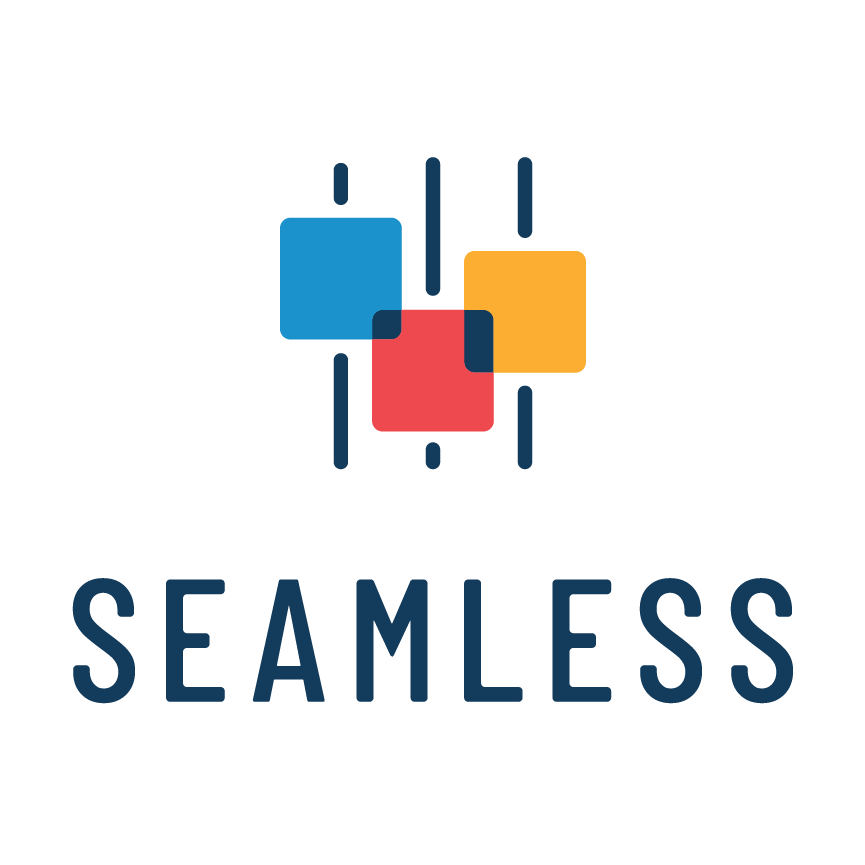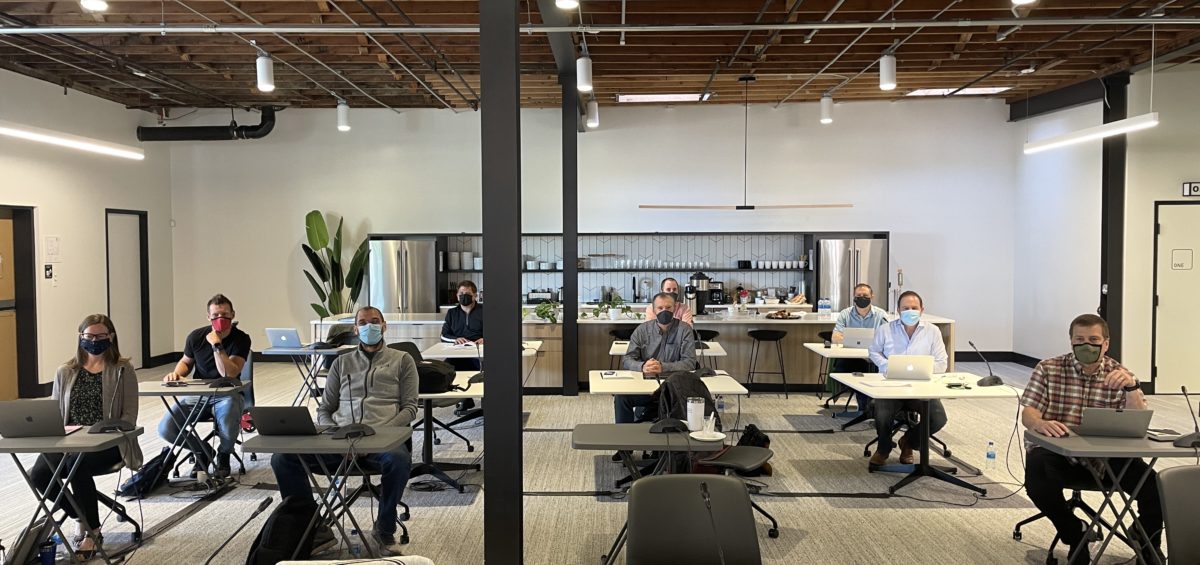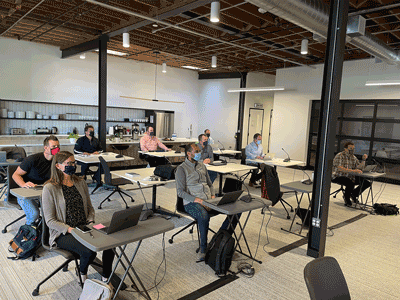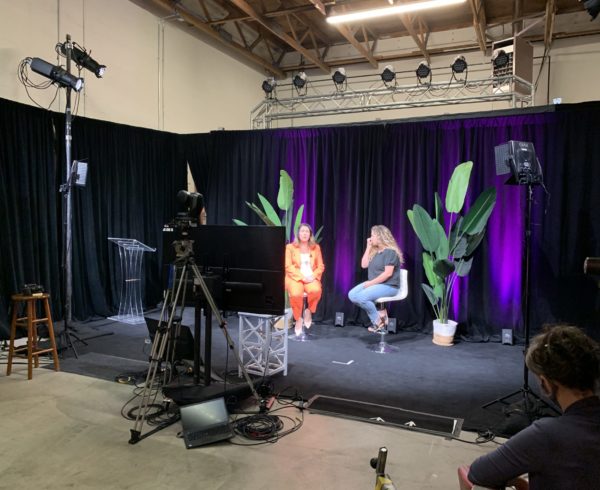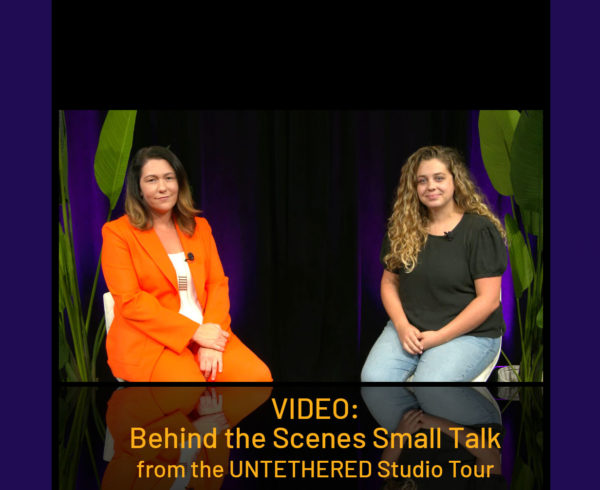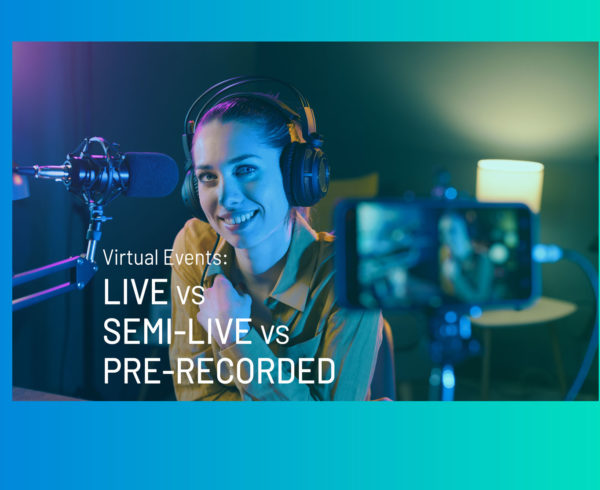
Seamless CEO Laurel Miller weighs in on creating quality hybrid events
Before February 2020, most in-person events with a live stream component treated the remote viewer like a second-class citizen.
Now that our industry and our attendees have experienced fully virtual events built for a remote participant, though, we have an interesting challenge: how do we continue to deliver on the standards set for virtual while creating a memorable and engaging event for in-person attendees?
Recently, I joined other event industry professionals for a conversation focused on the audio visual and tech side of hybrid fundraisers. During the webinar, 67% of polled participants shared they are planning a hybrid event in 2021, with another 21% on the fence! That number tells me that event planners and creative event production teams like Seamless will have exciting opportunities to push ourselves even further than we’ve done to date.
Like single-audience events, multi-audience hybrids offer a range of ways to connect attendees with your event’s goals — but they do come with their own set of obstacles to overcome.
I’ve experienced some of these roadblocks myself over the last year at what I call my “Hybrid Events Lab.” The lab is a simple space where a local business leadership group holds its monthly meetings with both in-person and remote attendees, but it’s been a great way to observe, innovate, and road-test audio visual solutions designed to bring both audiences together.
4 Takeaways on Hybrid Events
Here are four key lessons I’ve learned since the pandemic began.
- Getting things to look right for remote attendees will require in-person attendees to behave differently. Your AV experts can place cameras, microphones, and lighting so that both your audiences benefit equally. To make sure your planning pays off, though, I recommend having a volunteer or staff member in the room to remind in-person attendees how to engage with the technology. Going that extra step ensures you continually support your remote audience.
- Splitting a single hybrid event into different timeframes can better serve your audiences, especially when you’re on a tighter budget. With thoughtful planning, you can hold an in-person event that provides AV components to use in a later, companion virtual event.
- Thinking through the run of show for both your in-person and virtual audiences allows you to deliver the most appropriate experience for each. Sometimes your ROS will overlap, and sometimes each audience will have its own content. Here’s a budget allocation tip: having a technician dedicated to the live stream experience will boost your hybrid event’s quality.
- Stepping back to consider your attendees’ readiness for a hybrid event may lead you to green light the idea or move to a more appropriate format. Hosting an event that aligns with your organizational needs and delivers a fantastic attendee experience should take precedence over what’s technically possible.
If you’re holding a concurrent event for both in-person and remote attendees, be inclusive. Screens or monitors that show remote attendees to your in-person audience demonstrate all attendees matter.
My time in the lab let me work through some of the unique AV requirements hybrid events bring. It also continues to bring me insights and “aha moments” that I love sharing with clients and peers.
By tapping into our unique skills and creativity — plus building off each other’s knowledge — our industry can offer clients the imaginative solutions they’re seeking as we continue to calibrate when, where, and how we gather.
After helping clients transition to virtual-only experiences early in the pandemic, we’re using our expertise to make their hybrid, in-person, and virtual events a don’t-miss occasion. To discuss your event’s AV options, contact us today for free consultation.
